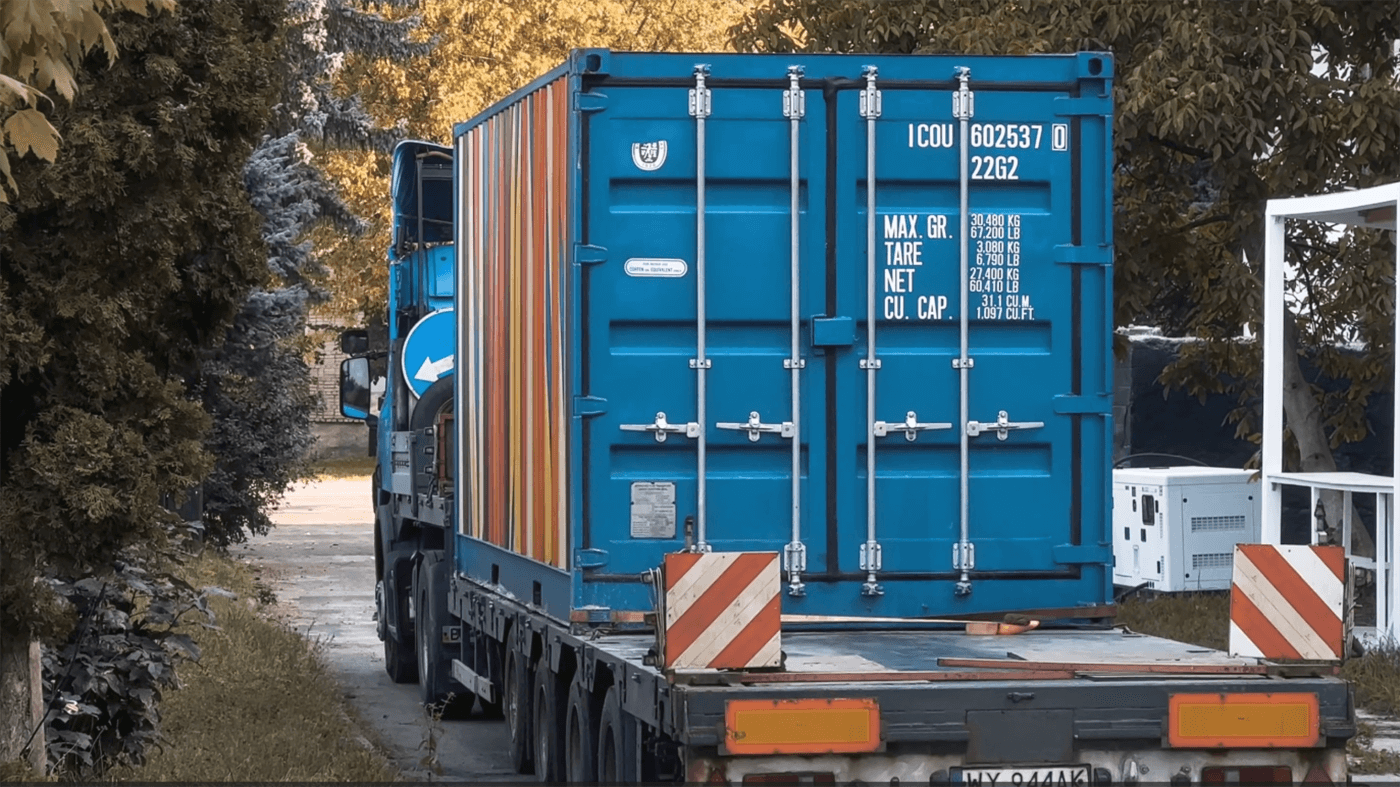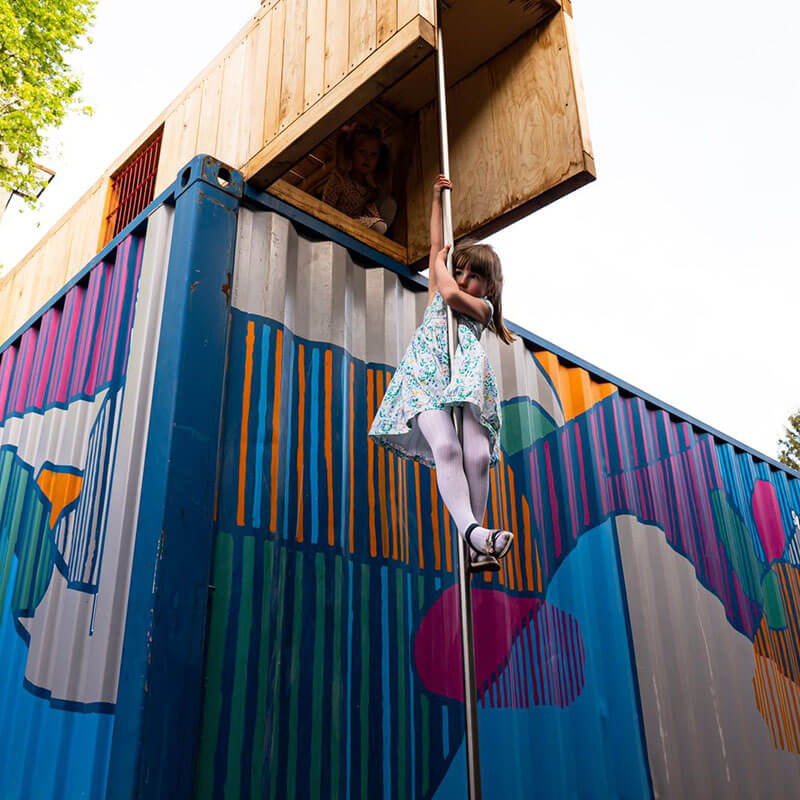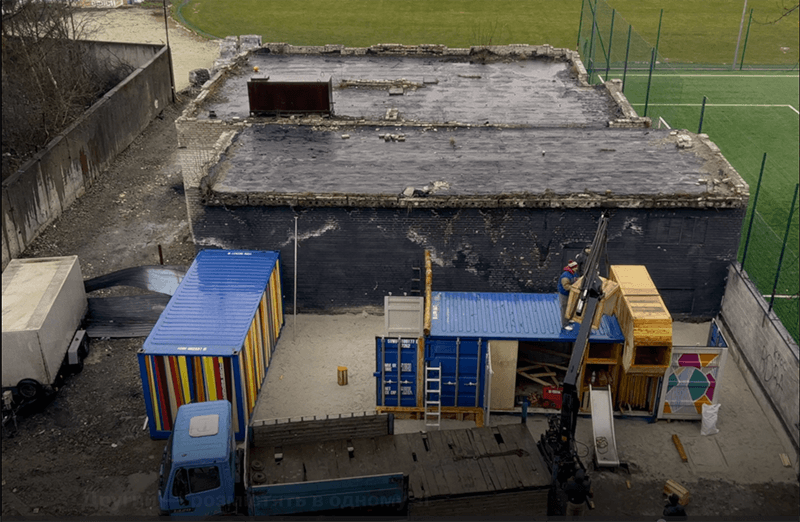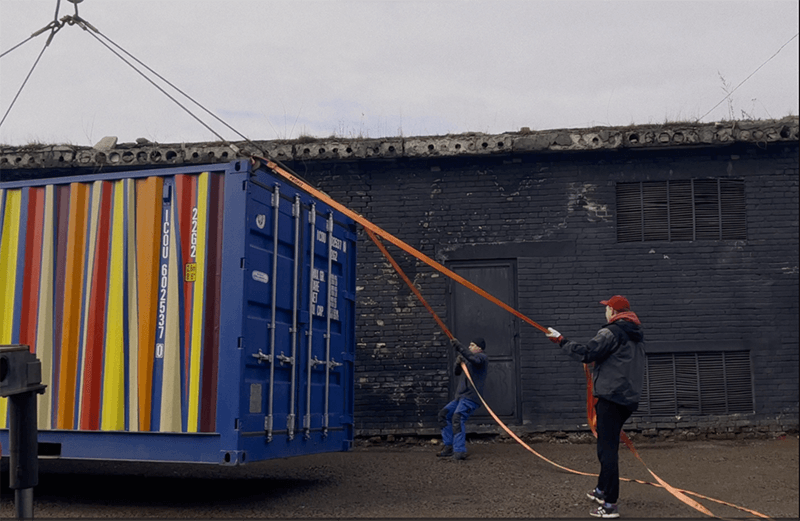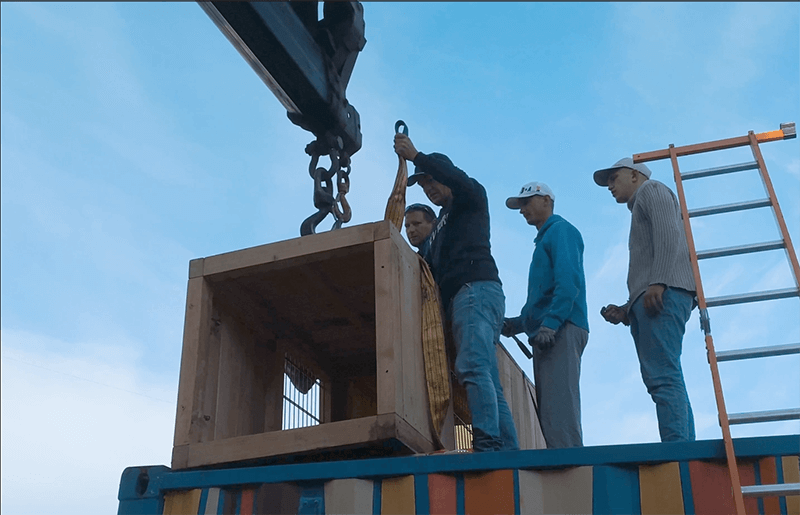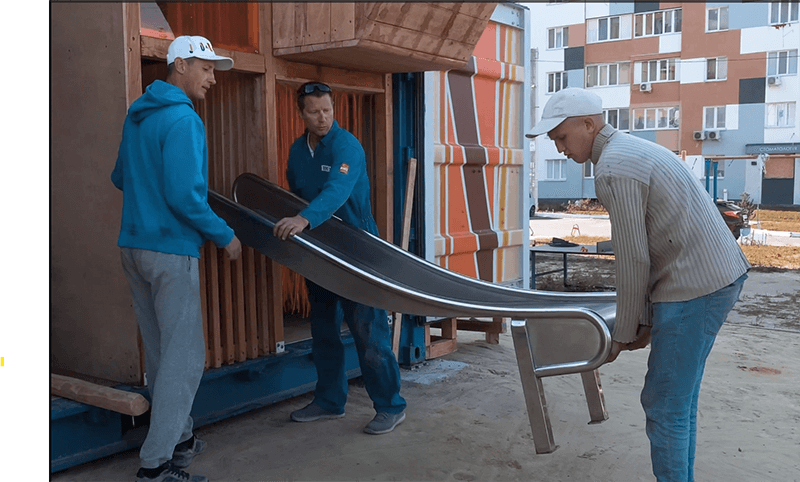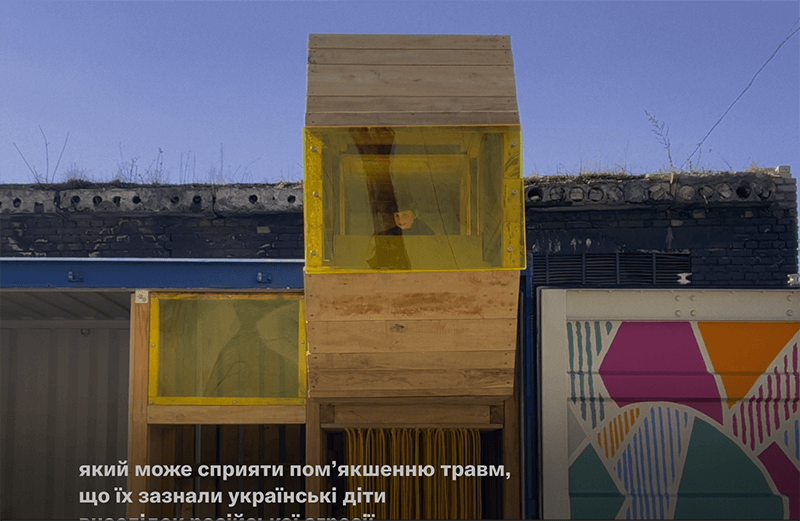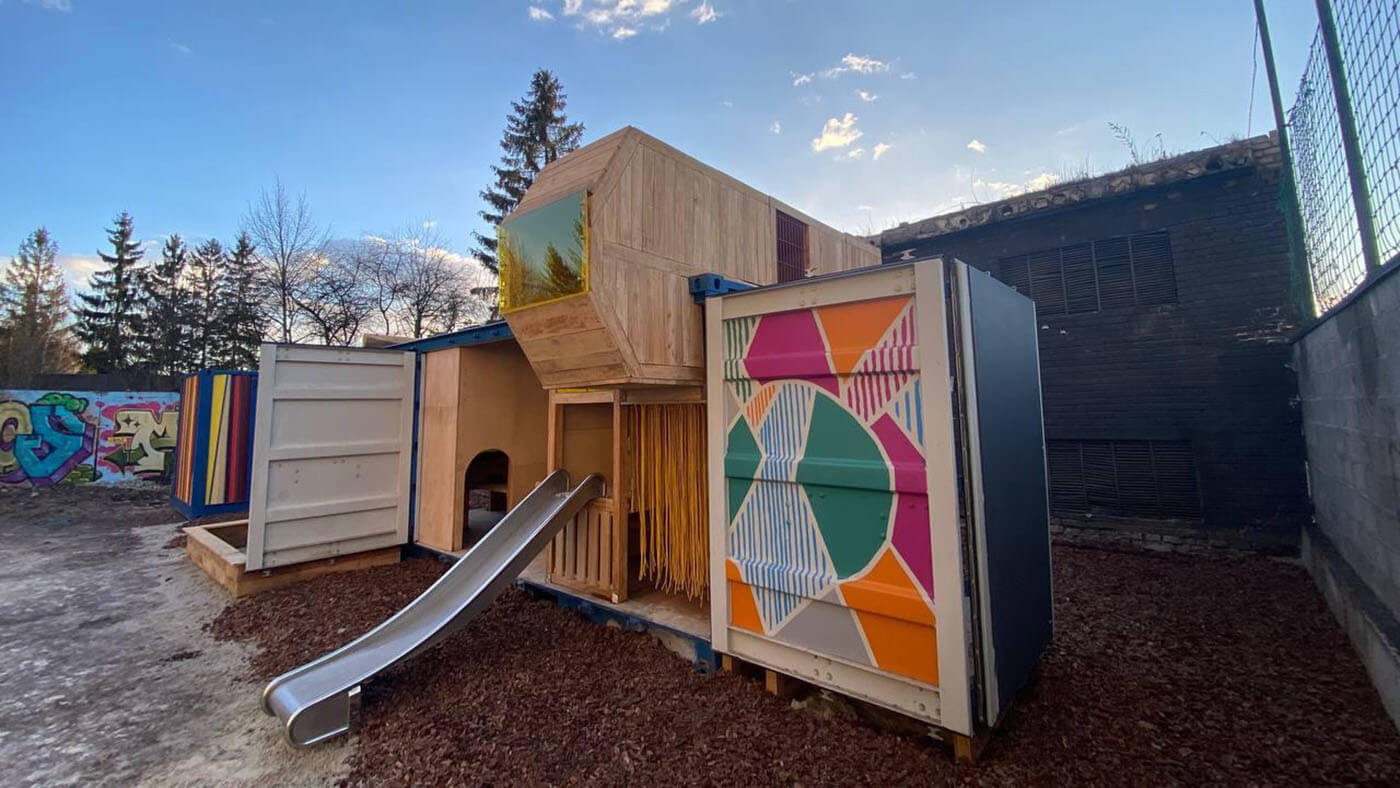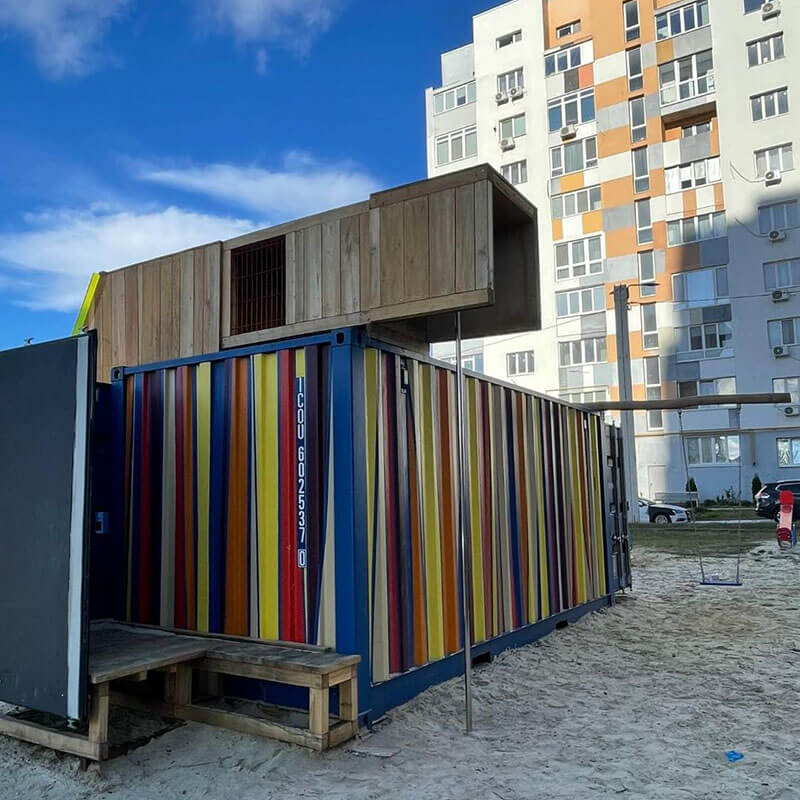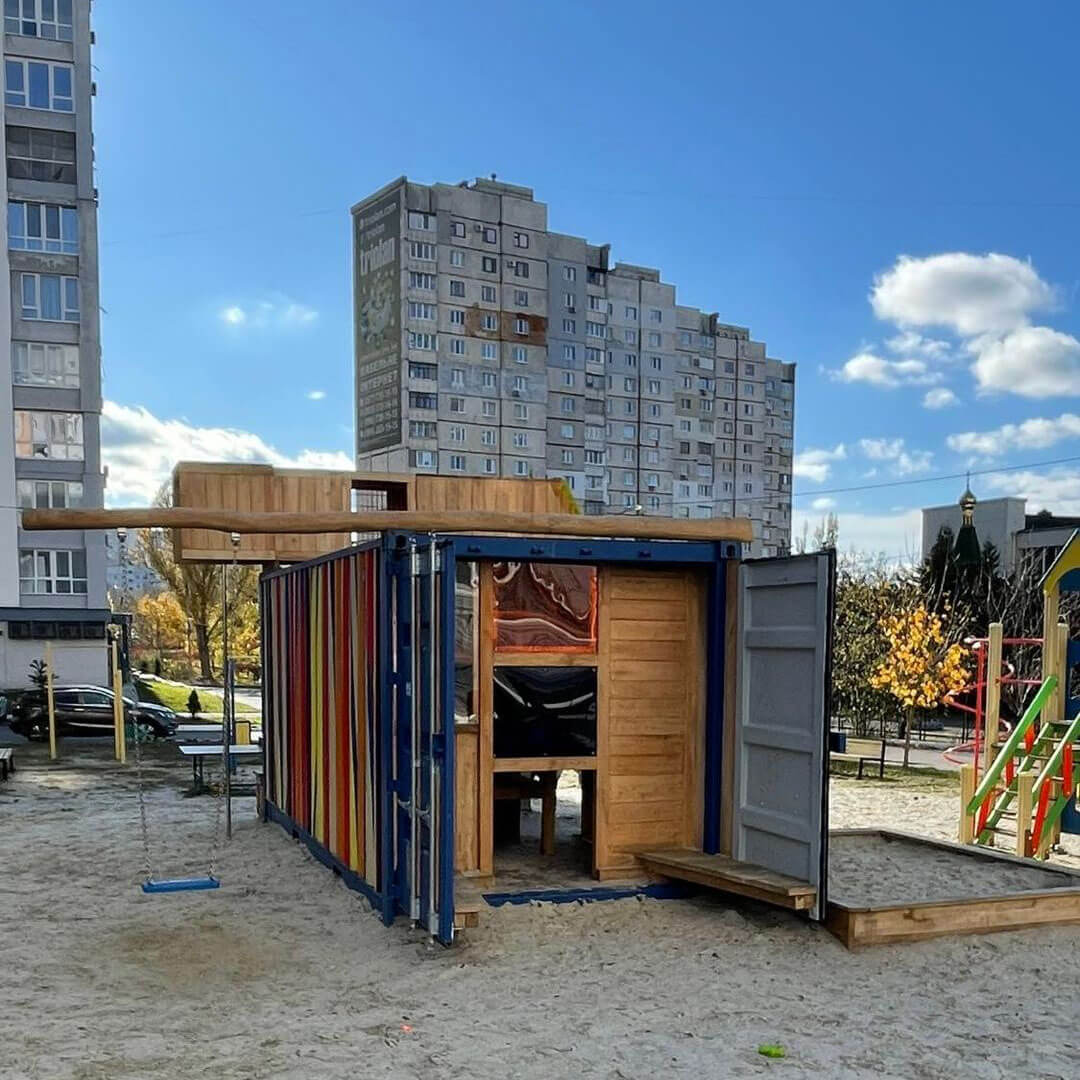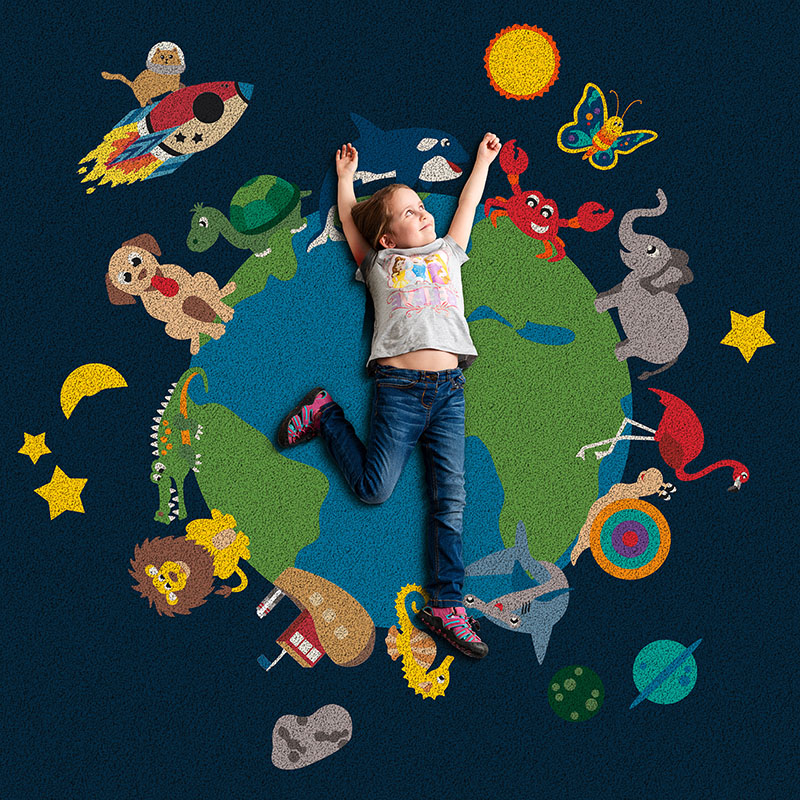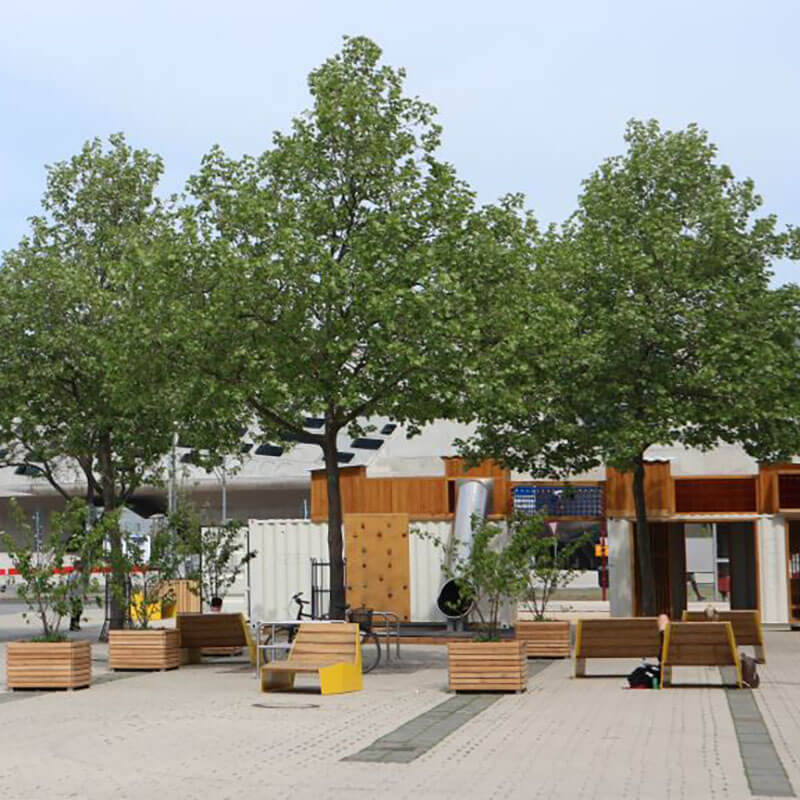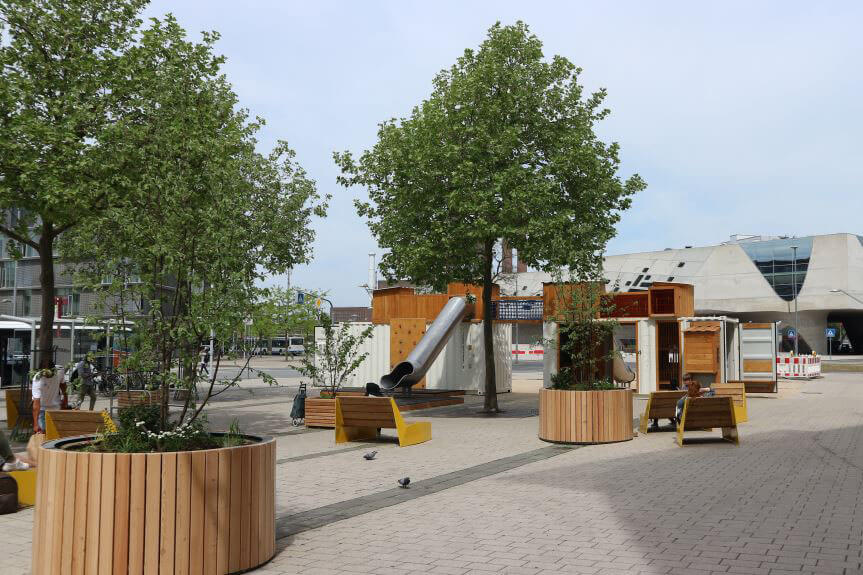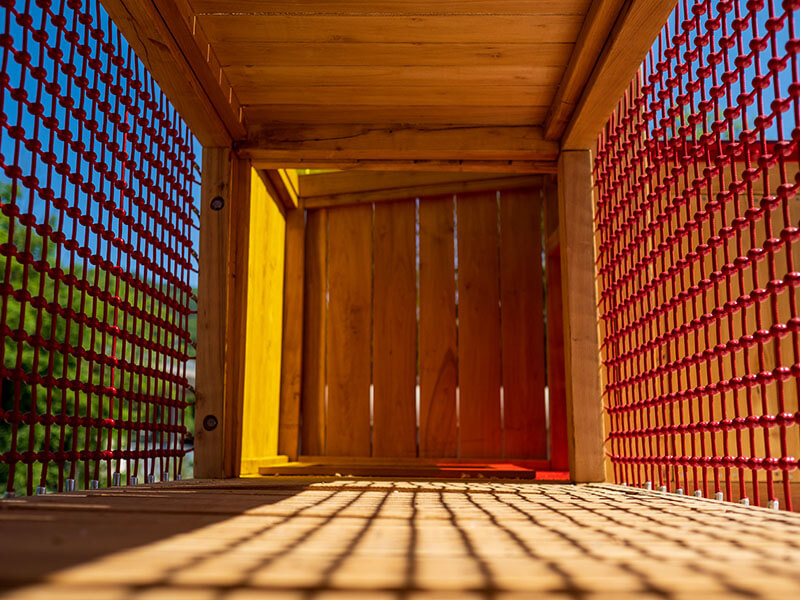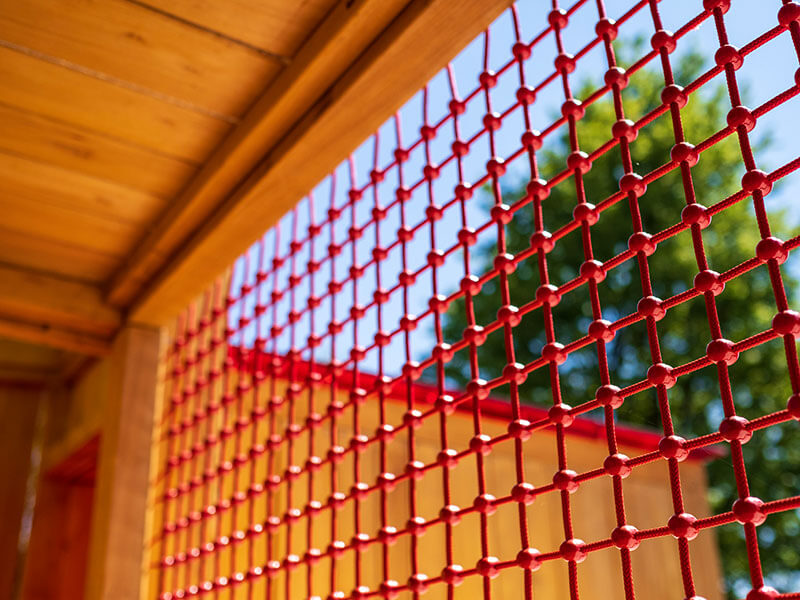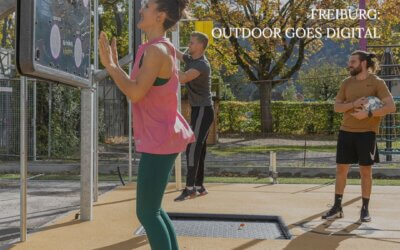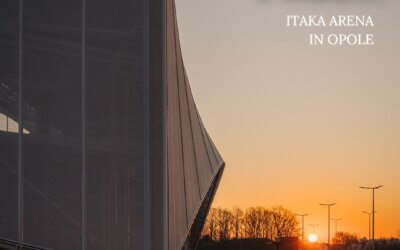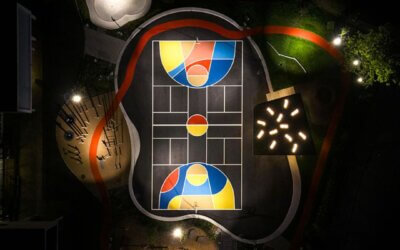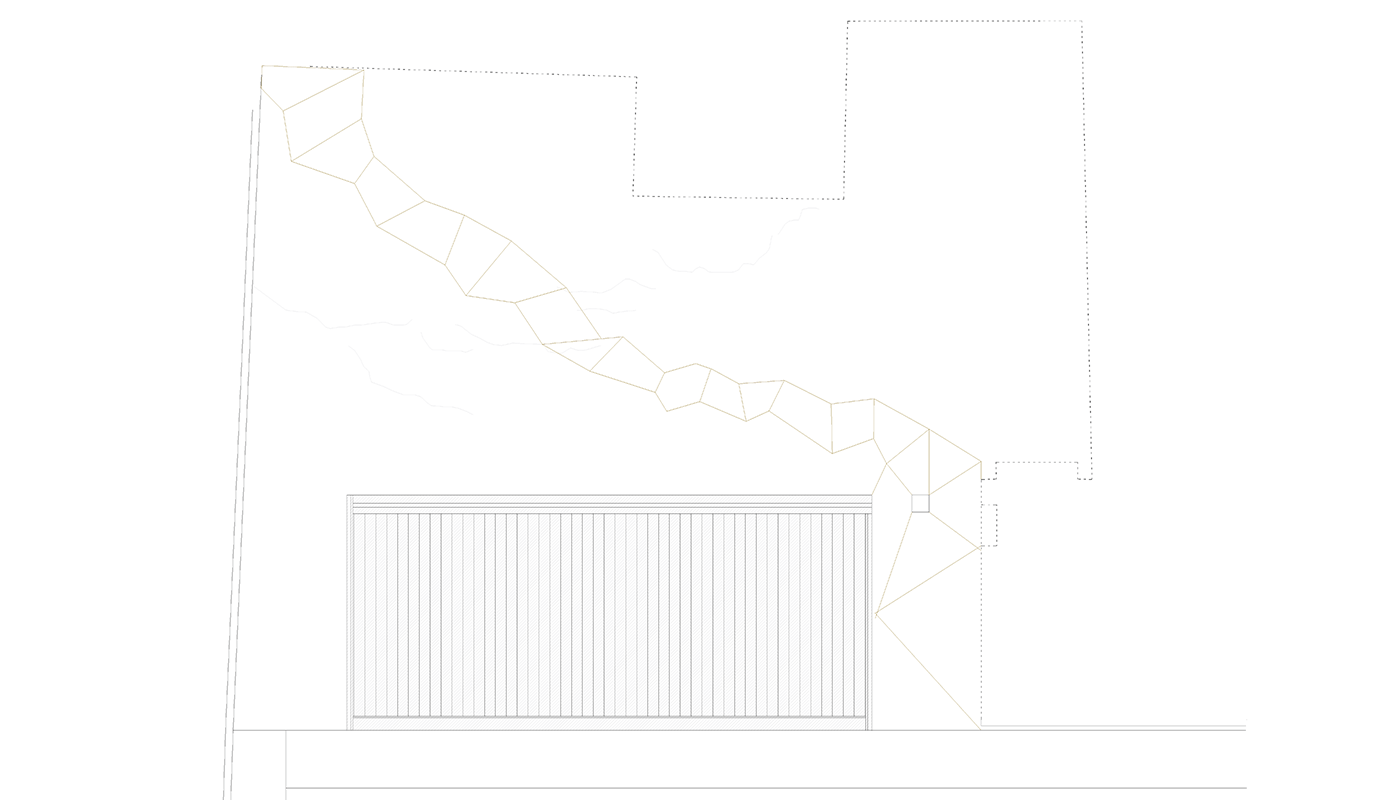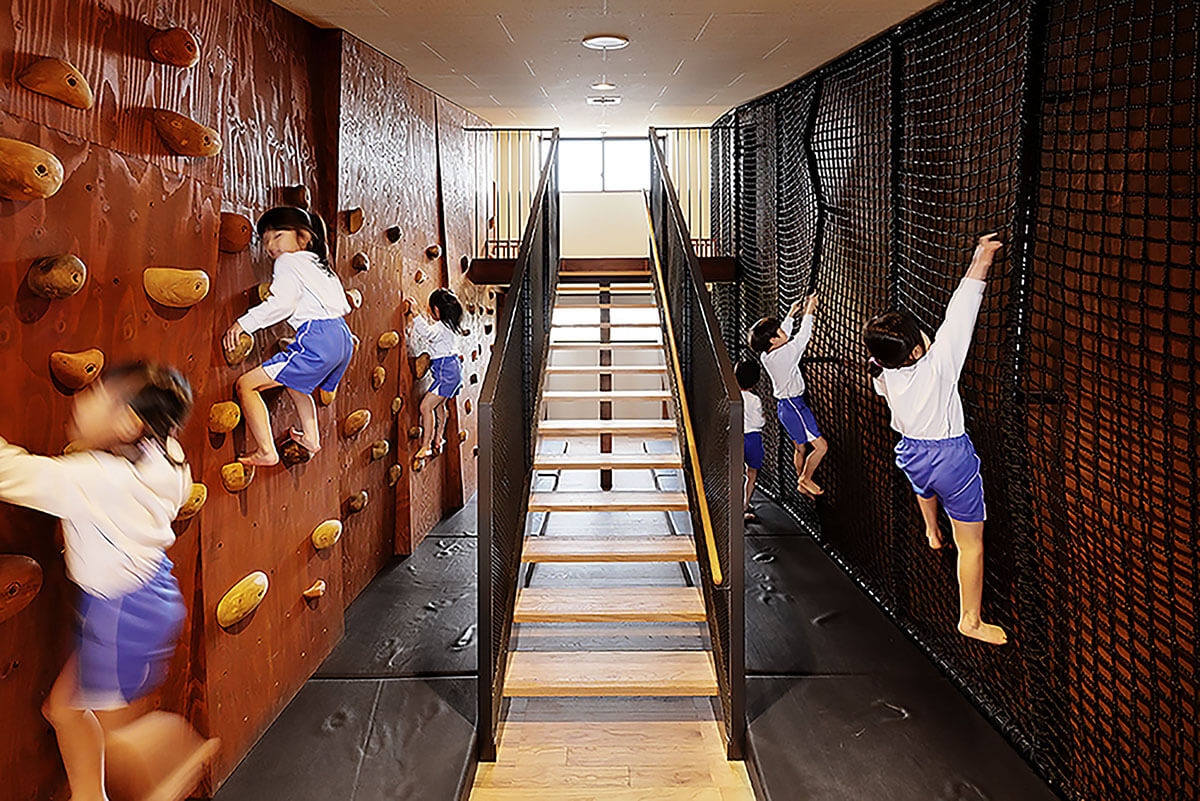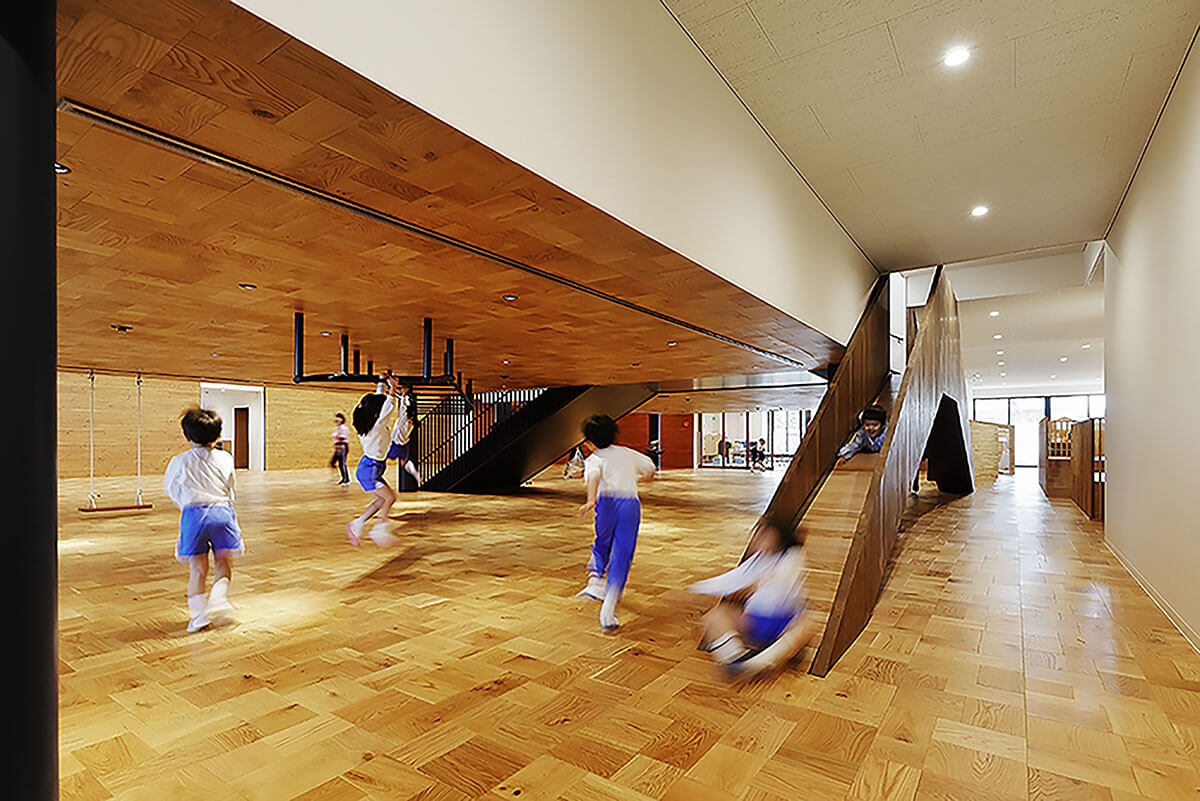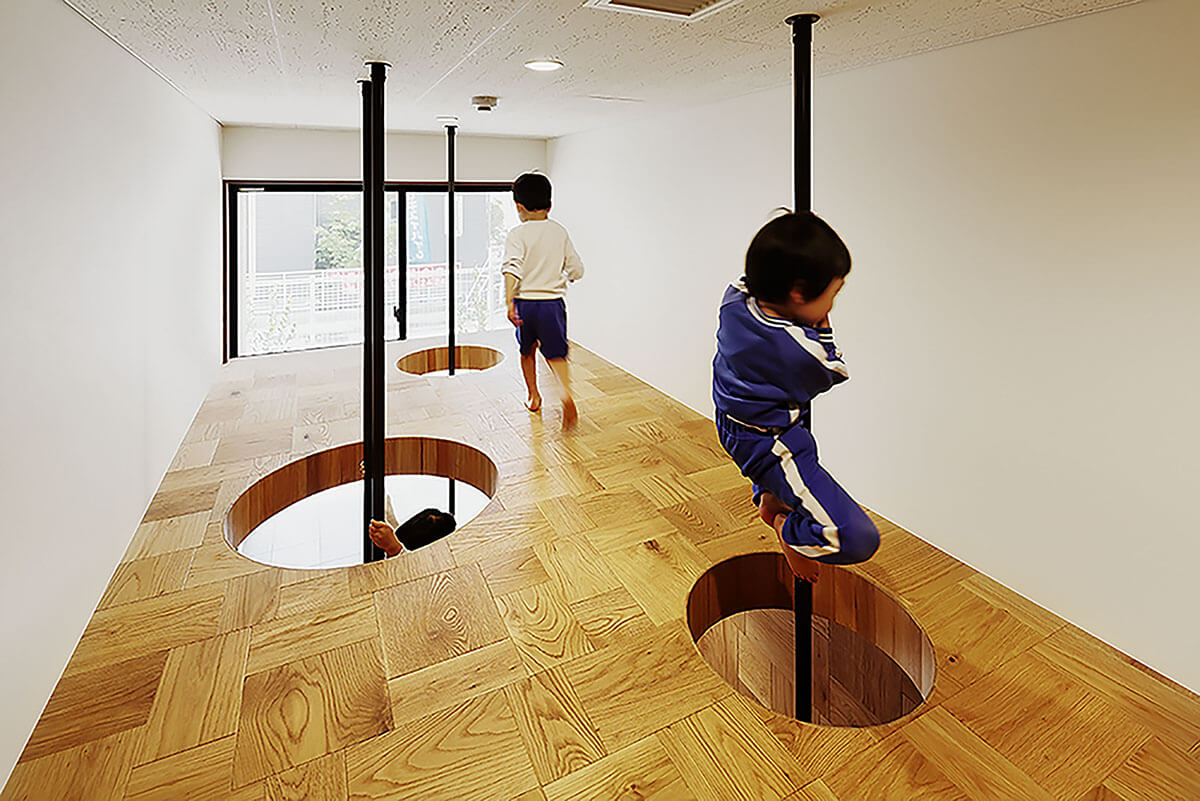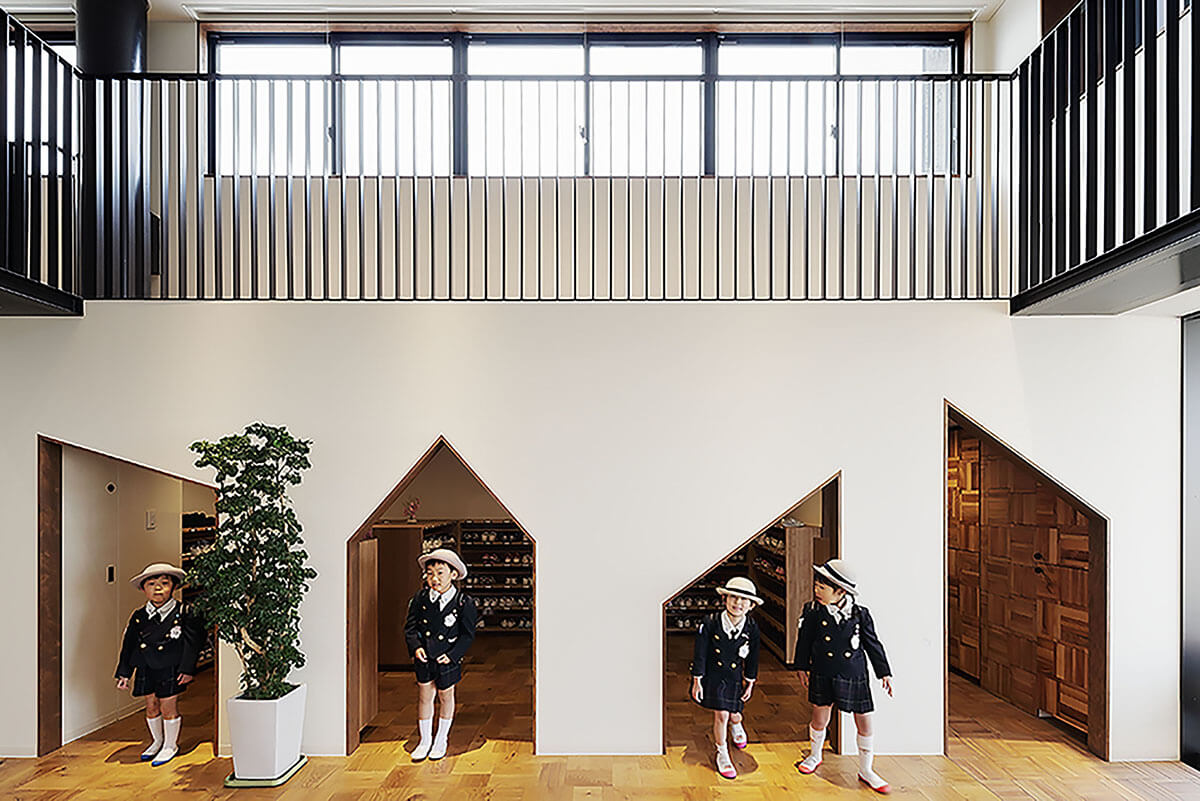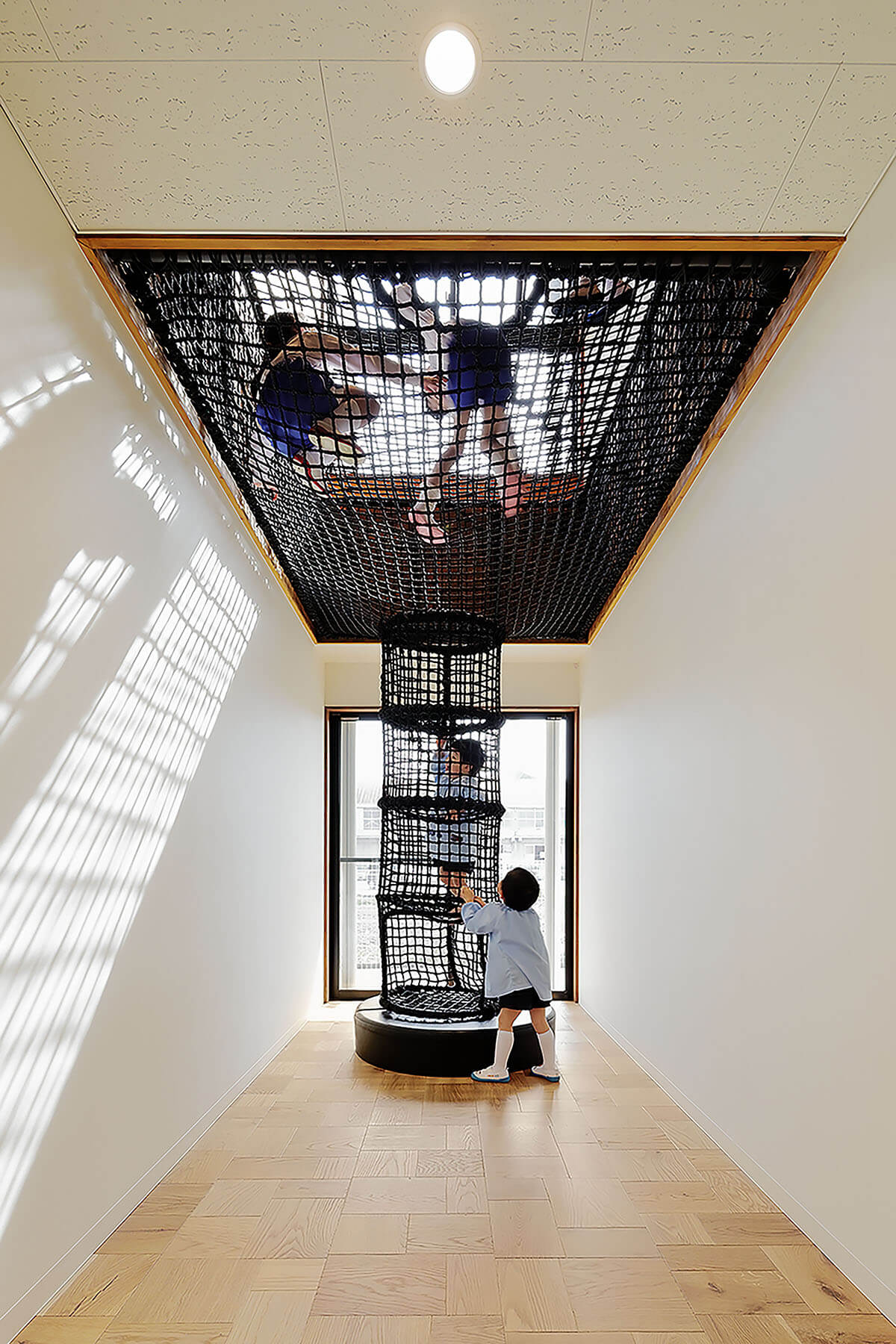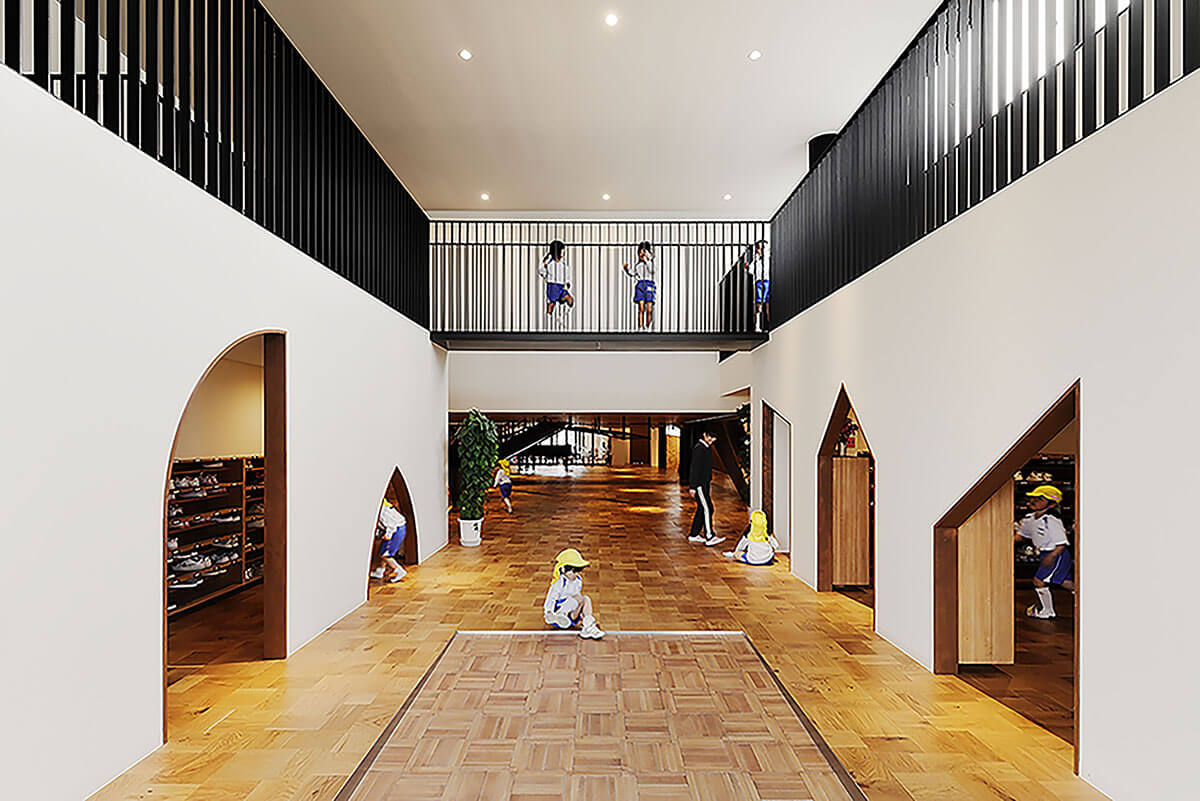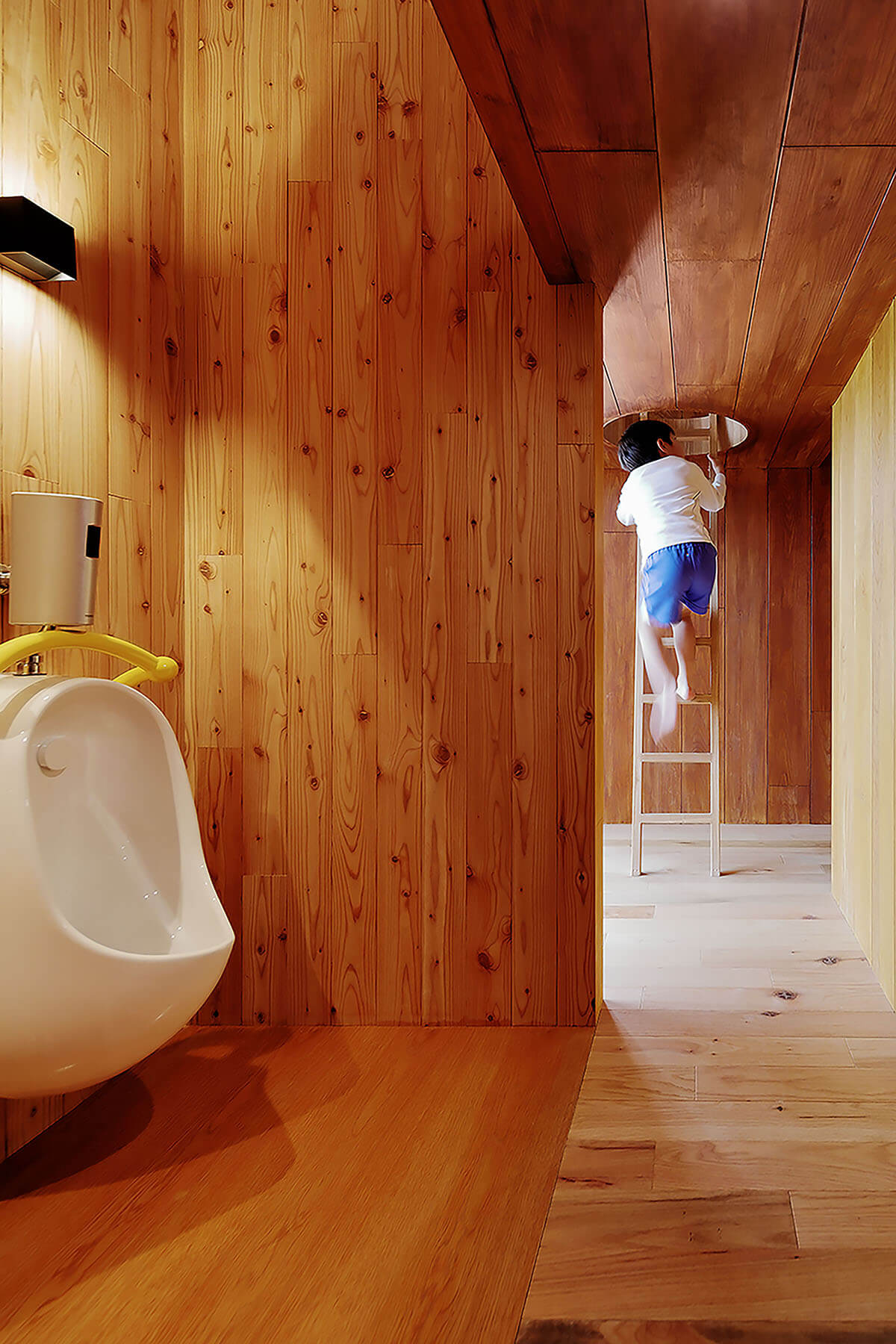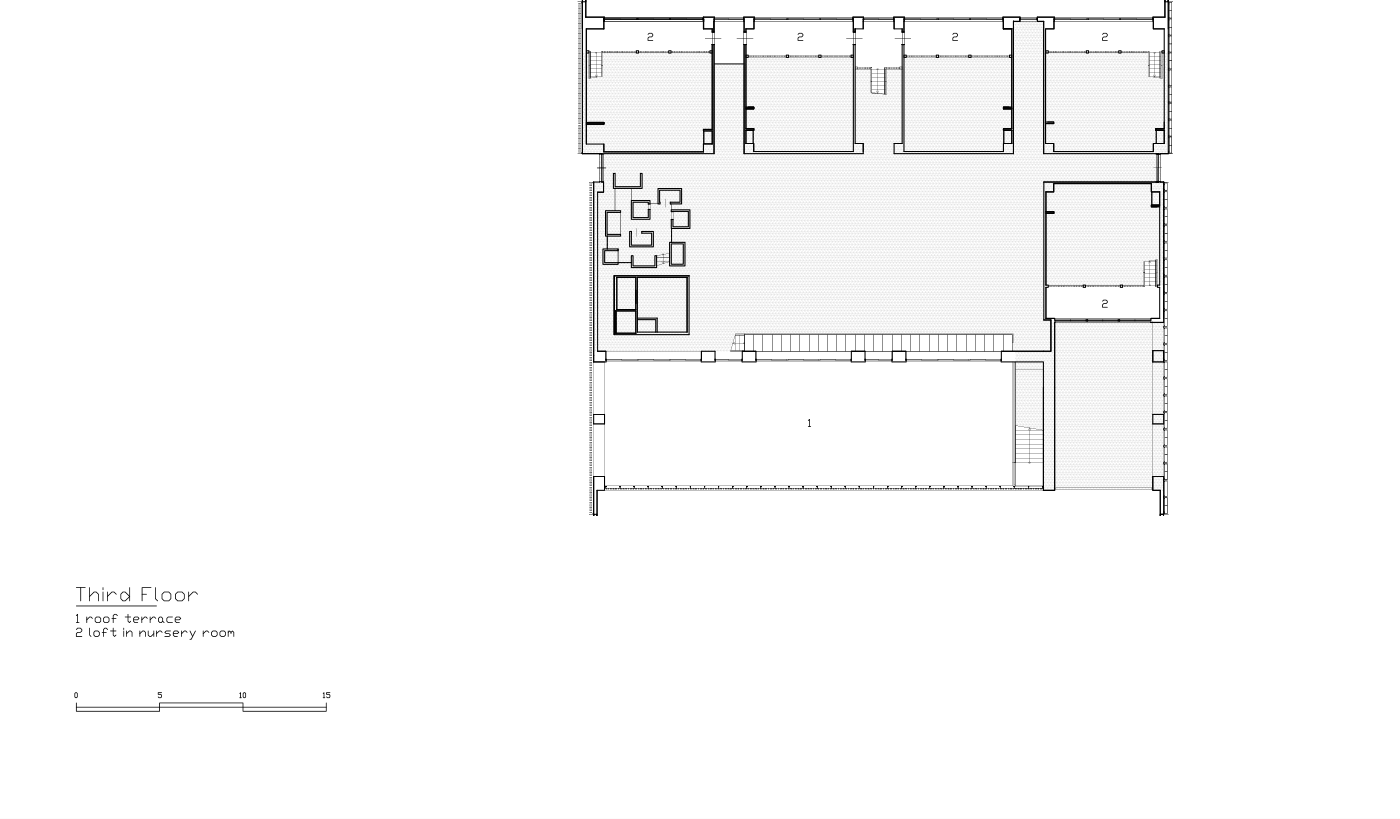Outdoor for Everyone.
Play containers for Ukraine
Play containers for Ukraine
Playing helps
Through play, the traumatised children of Ukraine can at least find some distraction. So play containers are a very important initiative for them.
Children in Ukraine are living through destruction and trauma. Thanks to the support of numerous organisations, new play opportunities have now been created at two locations.
The war against Ukraine has had a devastating impact, including, of course, for the children living there. Wars do not only cause physical destruction, they also affect access to education and play. Many Ukrainian schools and kindergartens have been damaged or shut down.
Children in war zones suffer from psychological stress and trauma. The sounds of bombs and gunshots, losing loved ones and living in constant uncertainty leave deep marks on a child’s psyche.
This is where the importance of supporting initiatives and aid organisations which aim to provide comfort and help — or at least distraction — to children during this difficult time comes into play.
An important example of these kinds of initiatives are the Kukuk Box play containers for Ukraine.
Supporter
Game containers
The first play area was set up in the yard of a social centre in Lviv, which is temporarily being used for displaced people.
A KuKuk Box is an attractive public and flexible play and meeting place which can be set up in a short time and at a low cost.
Thanks to the support of organisations and initiatives such as “Urban Camp Lviv”, “Notfallpädagogik”, “Aktion Deutschland hilft” and the company Hilti, new play opportunities have already been created at two locations which have been particularly affected.
The first play area was created in the yard of a social centre in Lviv, which is temporarily being used for displaced people. The city of Lviv is located in the west of Ukraine and is a regular target of Russian attacks.
The second play container is located in the Oleksiyiv district of Kharkiv, an area which has also been heavily affected by Russian aggression.
Next to the playground is a special educational complex for children with hearing impairments, and they now have their own play space.
A KuKuk Box offers adventure for all ages. There are climbing structures and slides, playhouses and sandboxes, reading corners and more.
The fully-fledged playground encourages a lot of movement while, at the same time, offering retreat areas which allow for intensive play – and offer protection.
No excavation, or concrete foundations which last forever, are required to construct it. This saves money and time.
The KuKuk Box is delivered by truck and can be set up in just a few hours.
Kukuk Box play containers are available in various versions. One of them has been specially developed for use in crisis regions.
The KuKuk Box play containers are available in various versions, and one of them has been specially developed for use in crisis regions.
These containers can also be transported to more distant regions where children are in urgent need of play facilities due to war, displacement or natural disasters.
Playing is not a luxury, playing is a vital elixir of life — and a human right.

